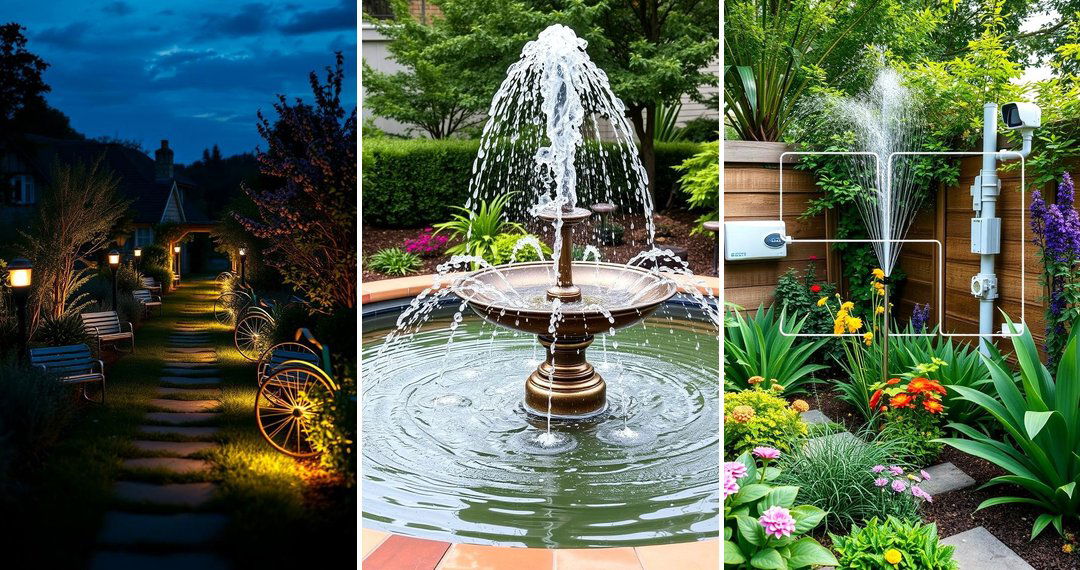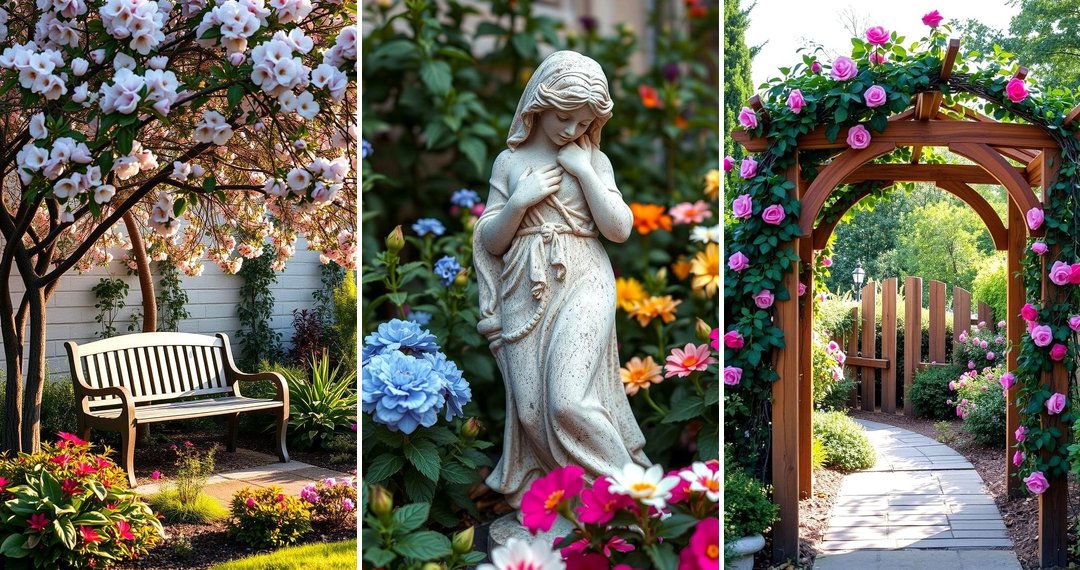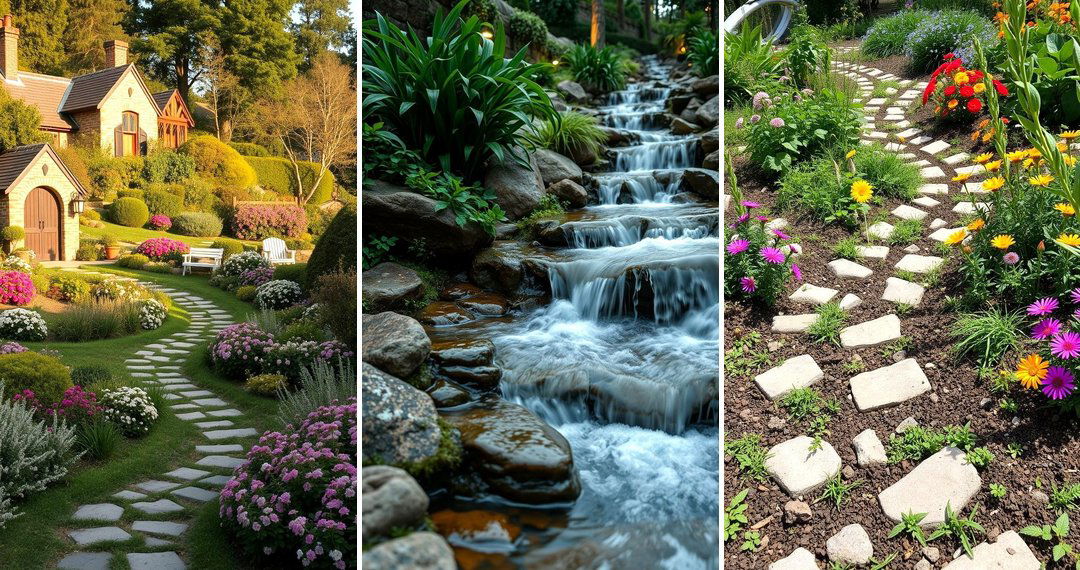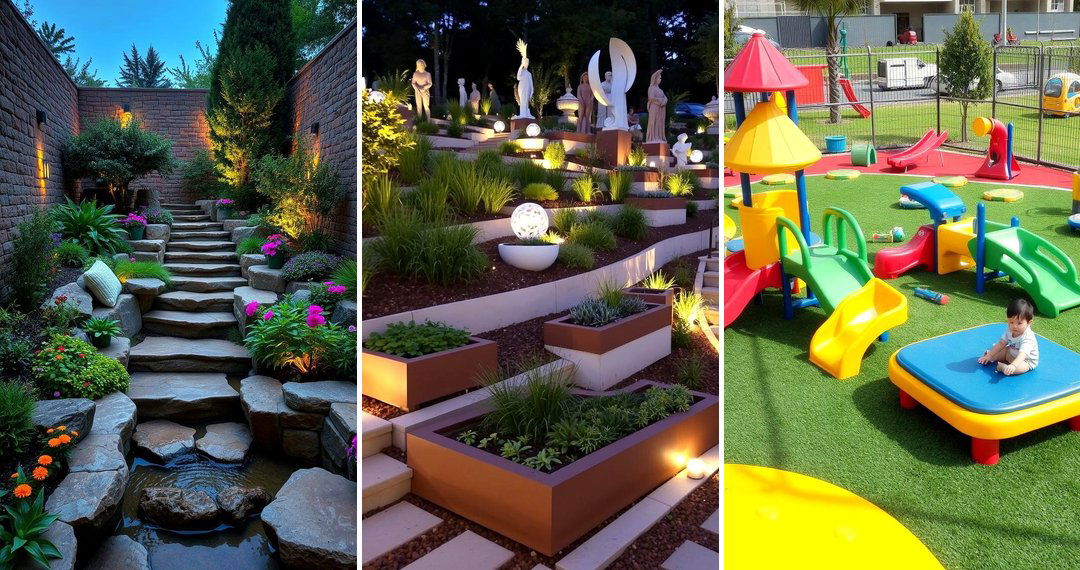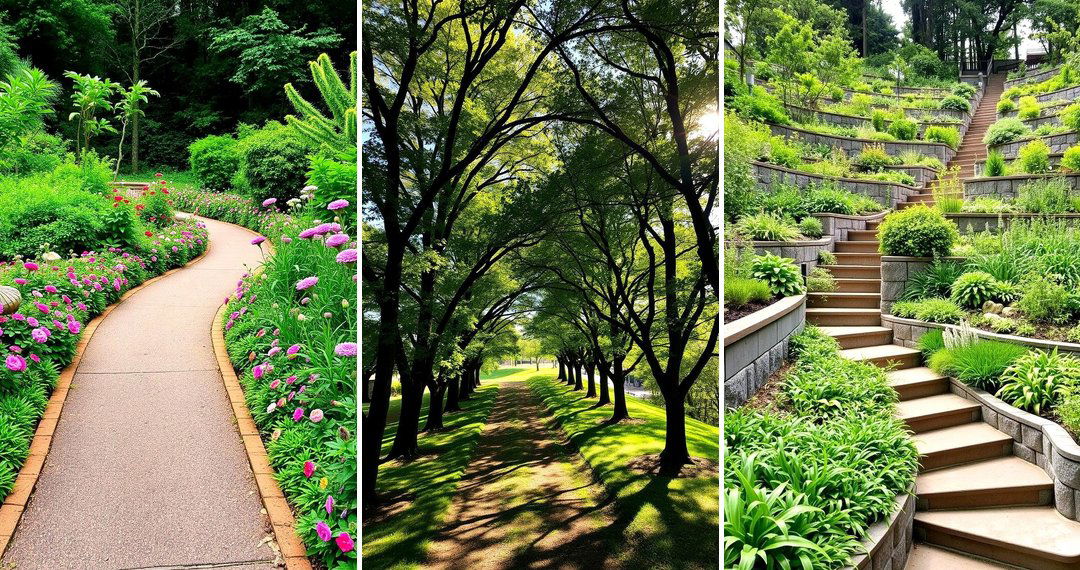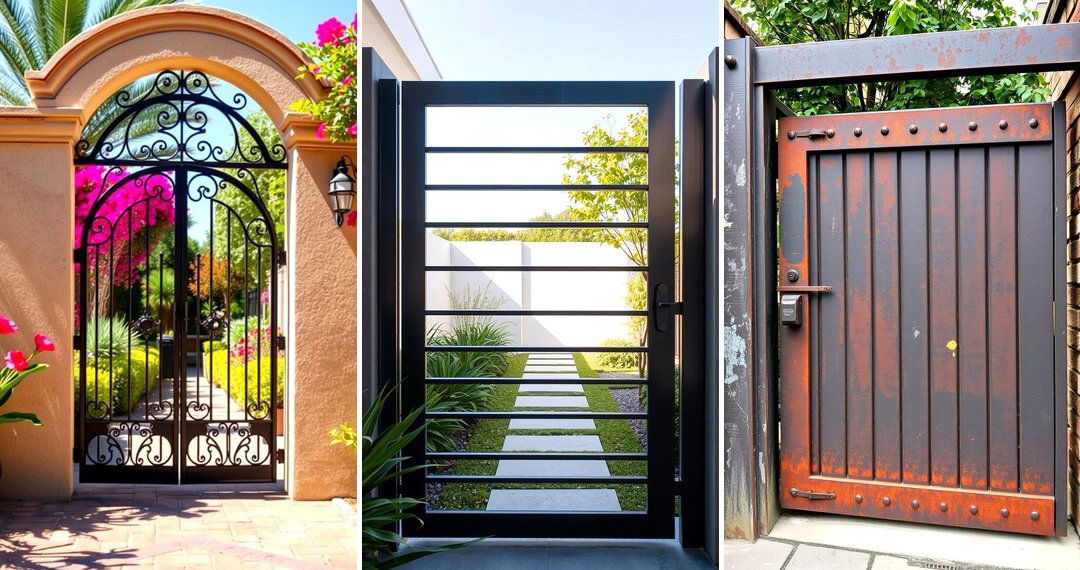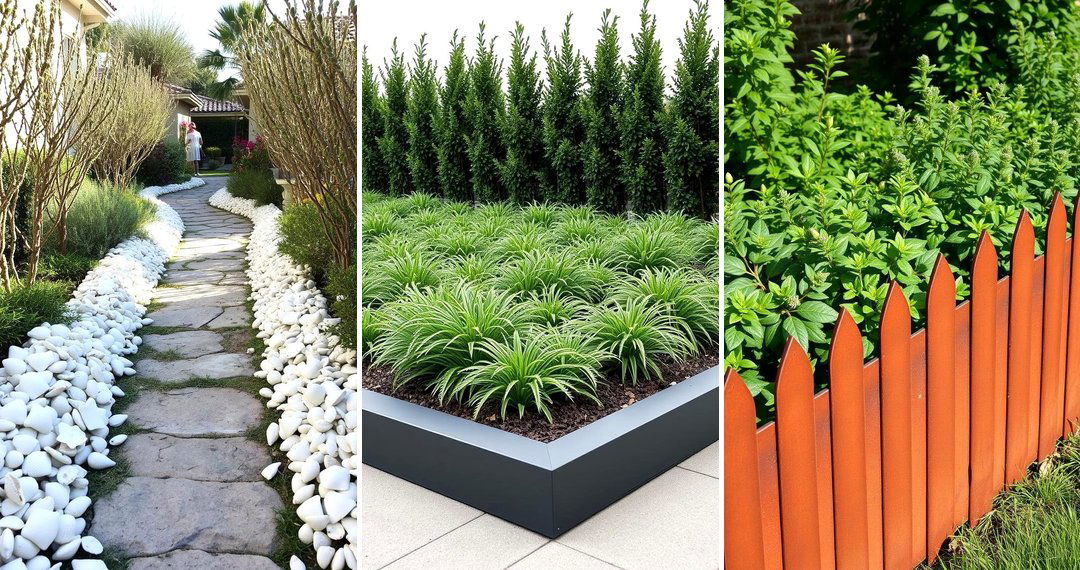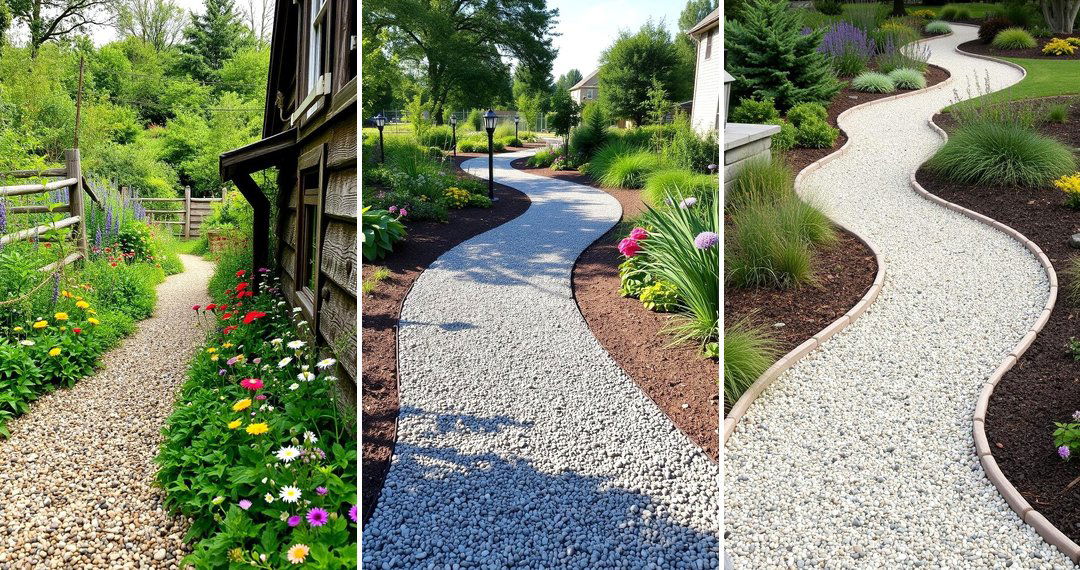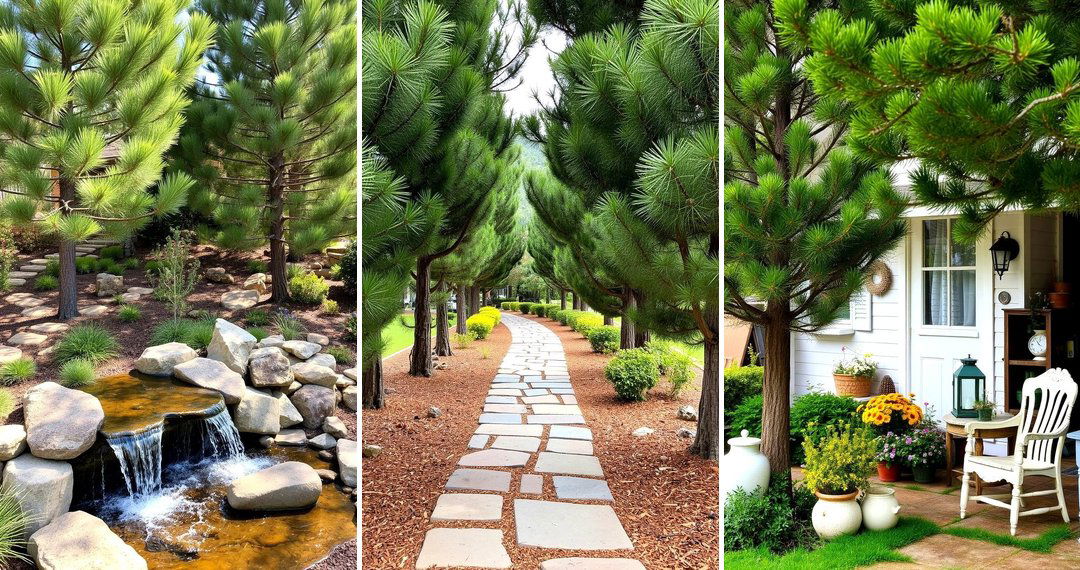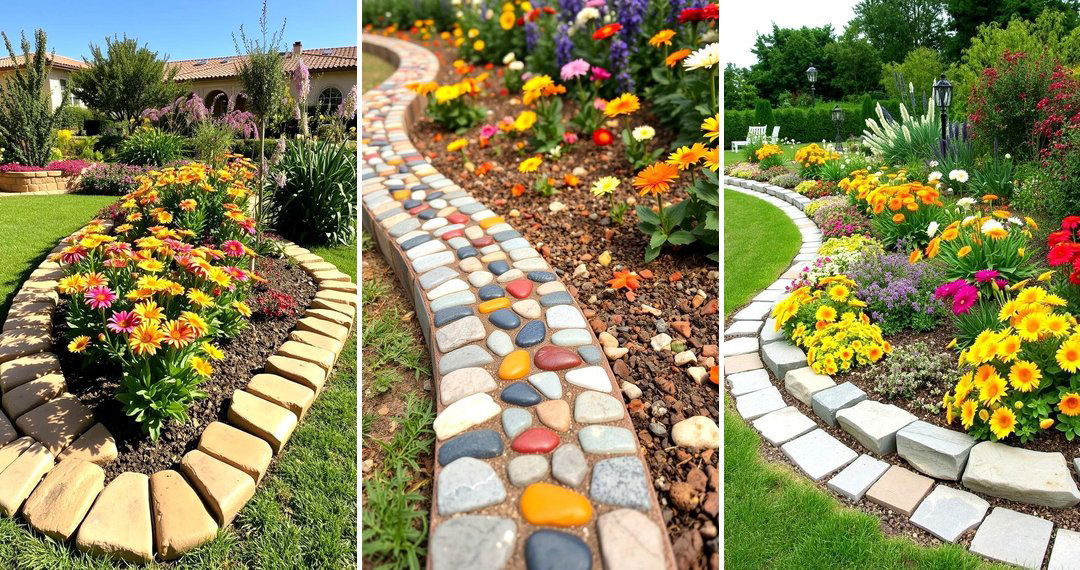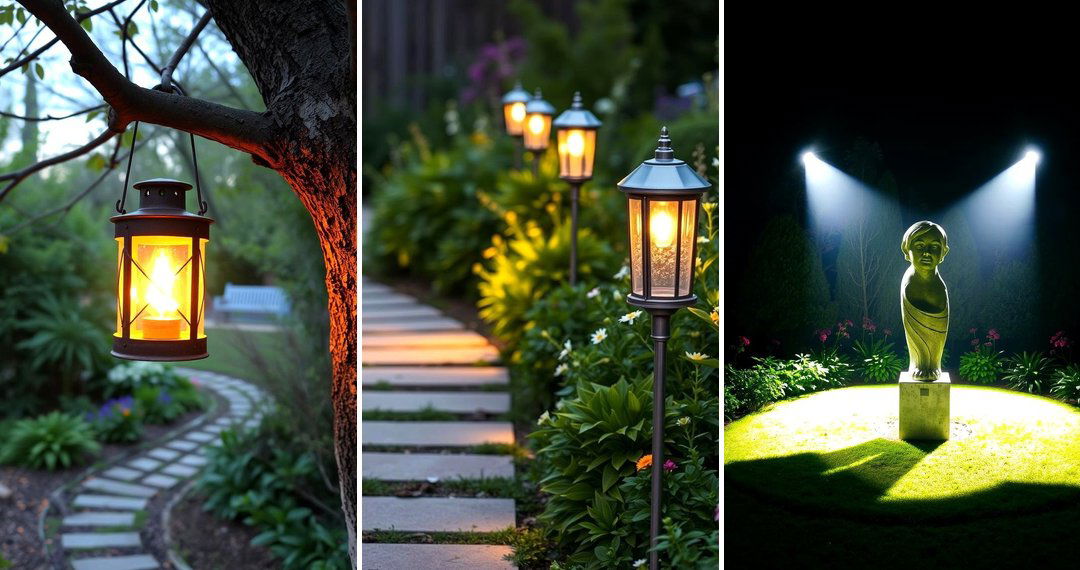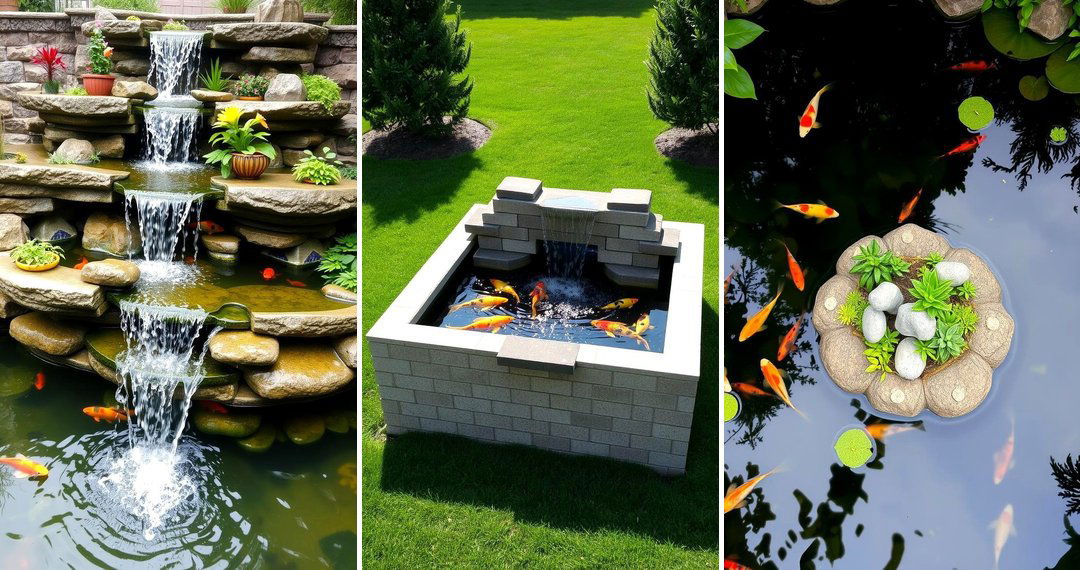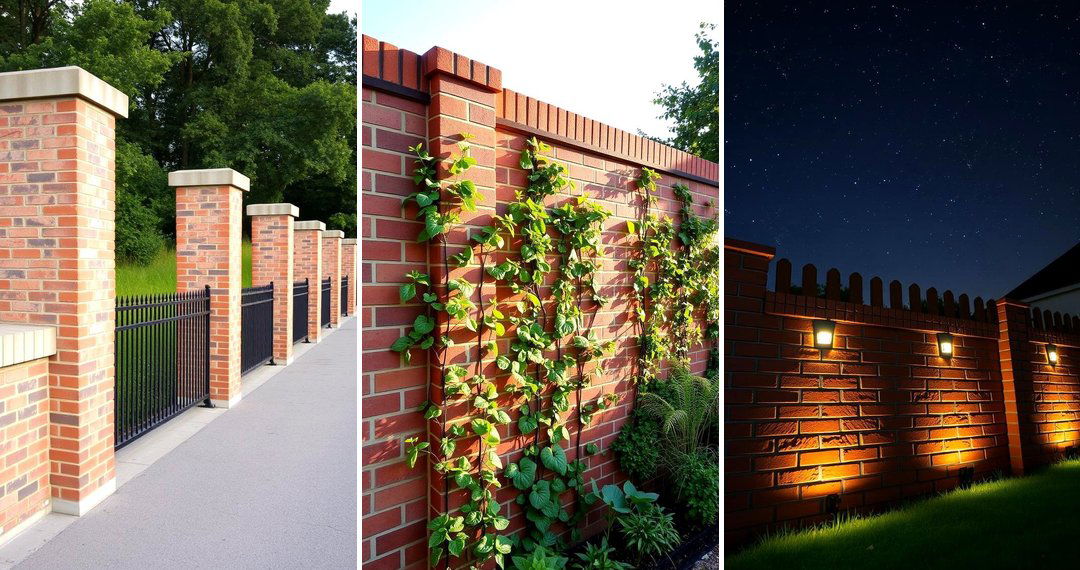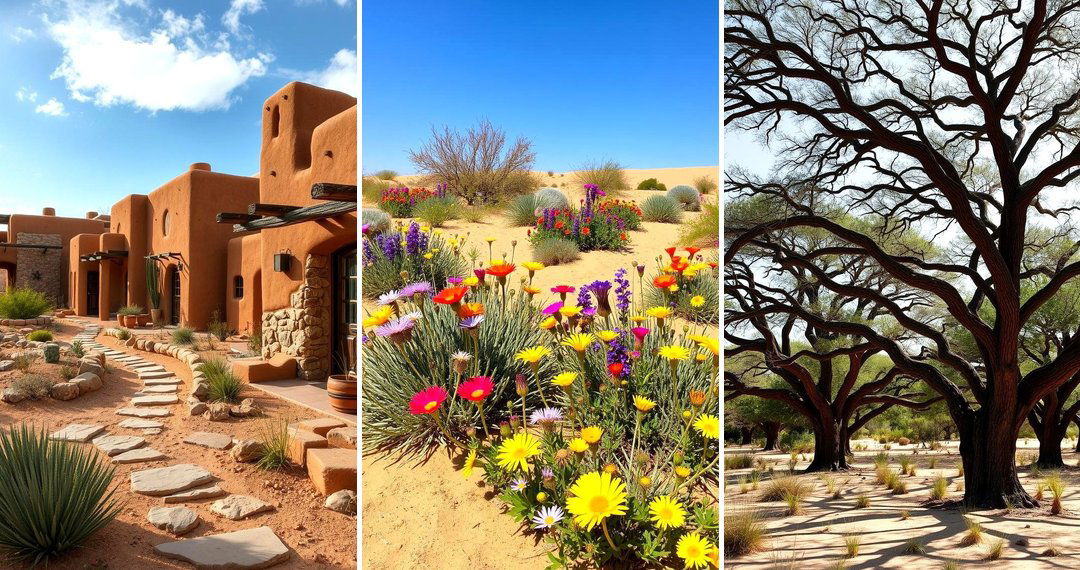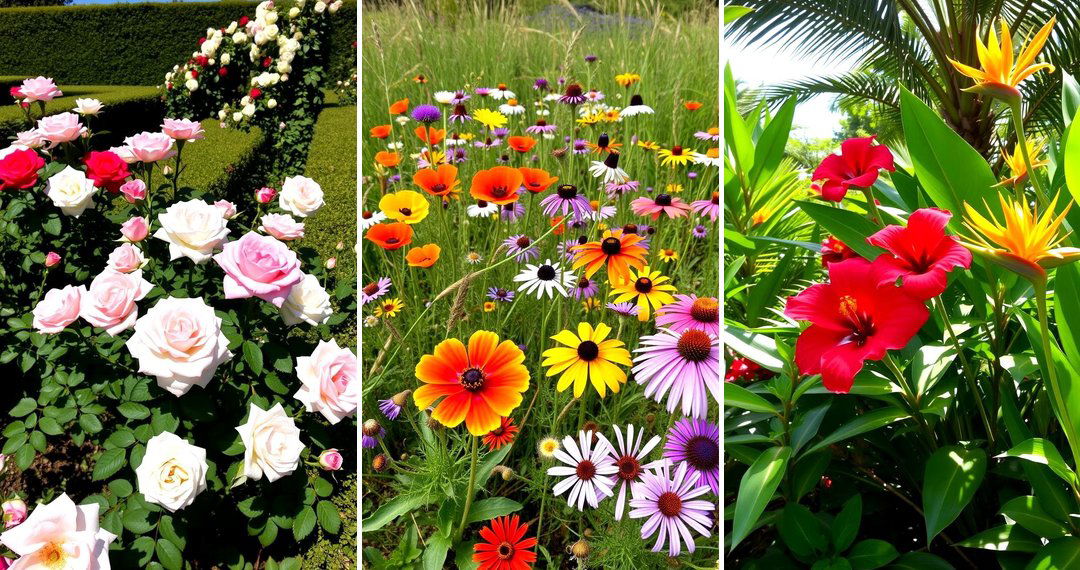Embarking on a journey to create a landscape that thrives while conserving precious water resources? Xeriscaping offers a brilliant path forward, transforming outdoor spaces into stunning, sustainable havens. It's not just about drought-tolerant plants; it's a holistic approach to landscape design that considers every aspect, from soil health to efficient irrigation. Imagine a vibrant garden that requires minimal watering, saving you time, money, and contributing to a healthier environment. Let's dive into a wealth of creative and practical Xeriscape ideas that can inspire you to cultivate your own water-wise paradise.
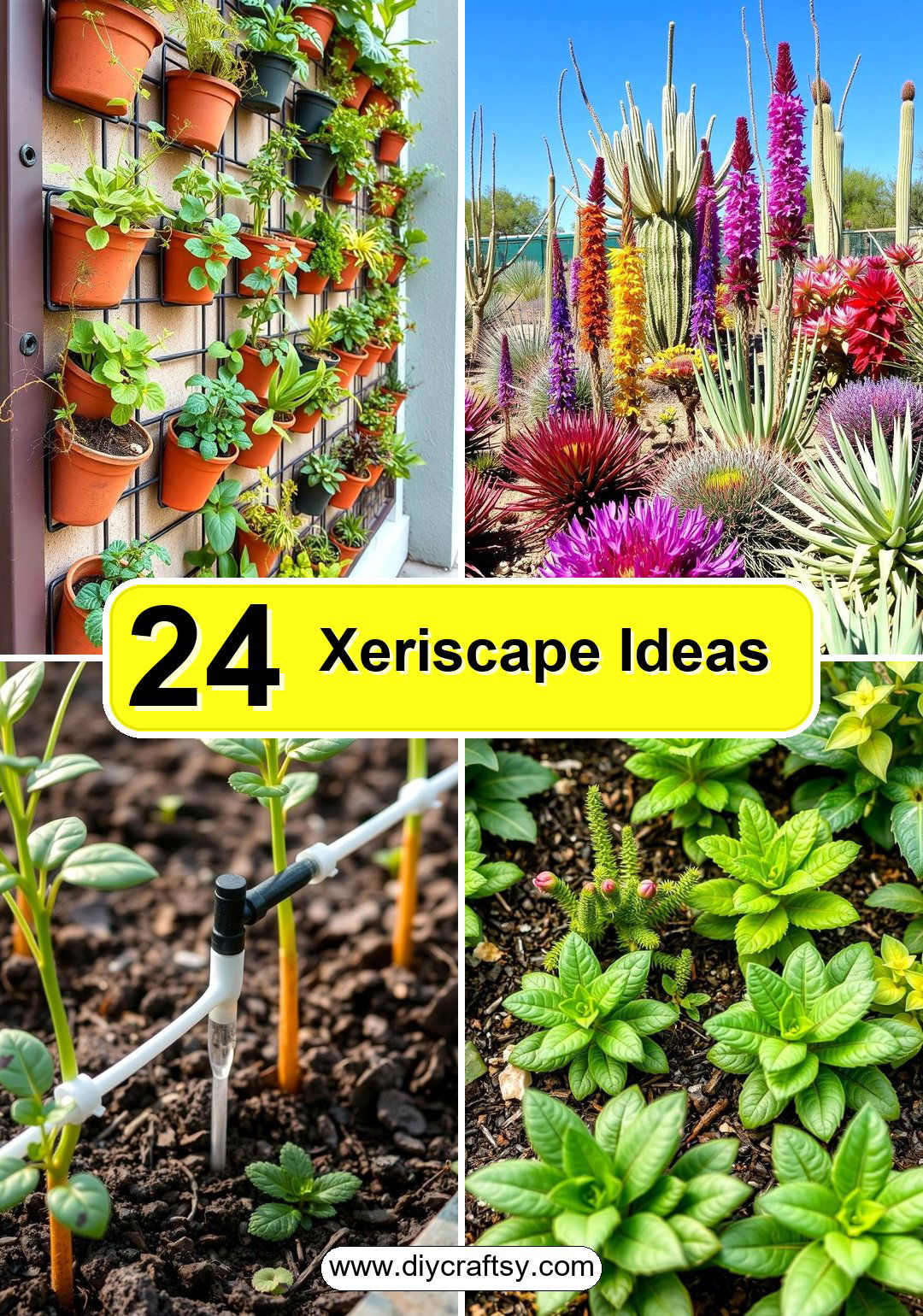
1. Embrace Native Plants
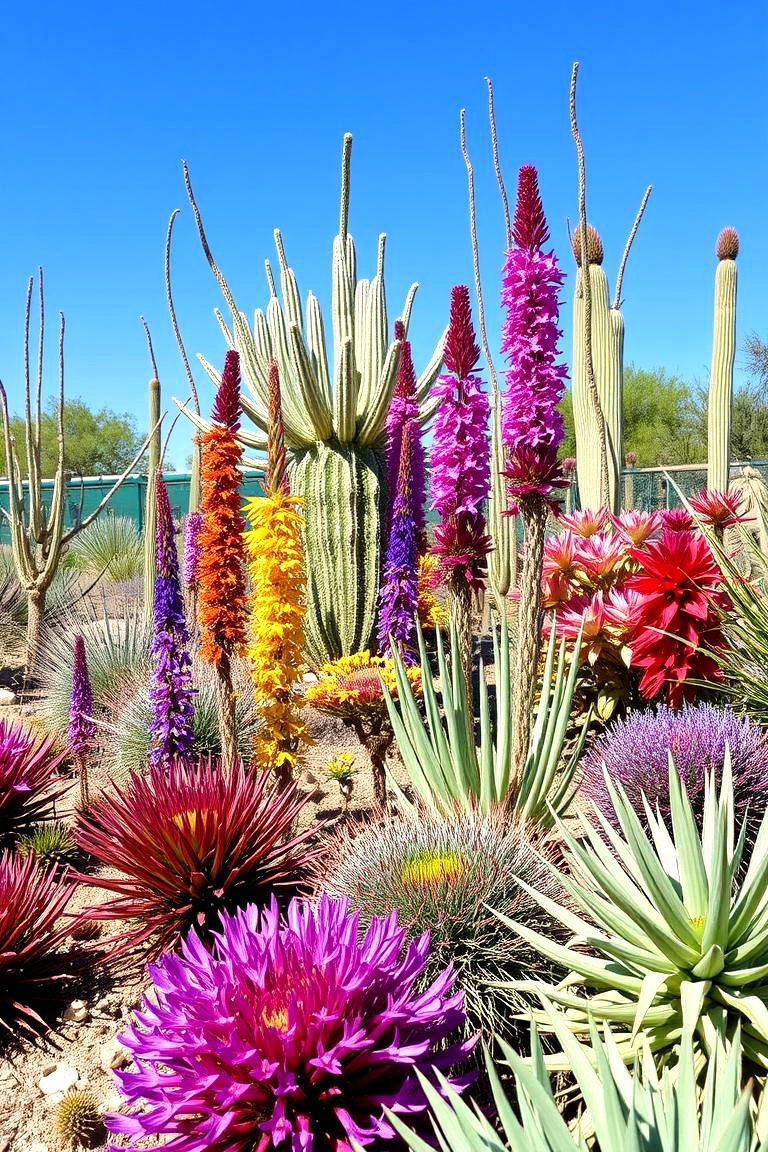
The cornerstone of effective Xeriscaping lies in selecting plants that are naturally adapted to your local climate. These indigenous species have evolved to thrive on the region's rainfall patterns and soil conditions, significantly reducing the need for supplemental watering. By choosing native flora, you'll not only conserve water but also create a habitat that supports local wildlife, fostering a more biodiverse and resilient landscape. Consider the beauty and resilience of plants that naturally flourish in your area.
2. Group Plants by Water Needs
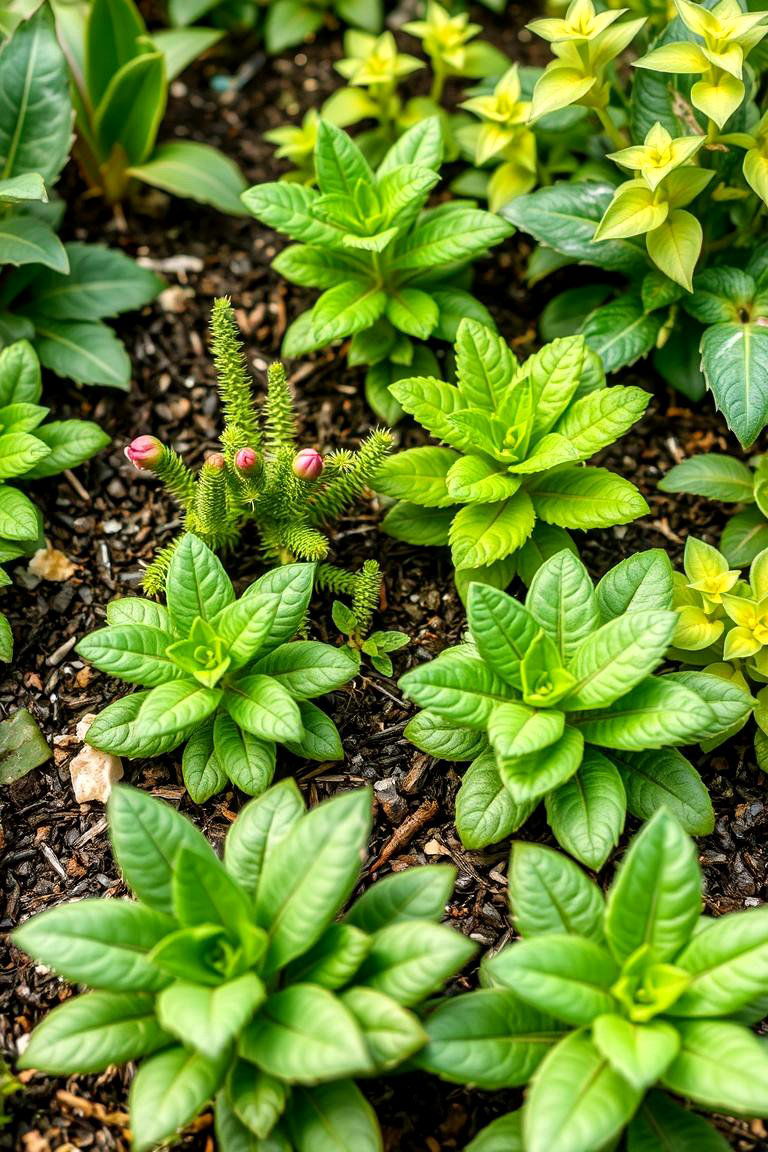
A fundamental principle of water-wise gardening is the concept of hydrozoning. This involves organizing your plants into distinct groups based on their water requirements. Place high-water-need plants together in areas where they can be watered efficiently, while grouping low-water-need plants in drier zones. This strategic arrangement ensures that water is used judiciously, preventing overwatering in some areas and underwatering in others. Think about how you can cluster plants with similar thirst levels.
3. Improve Soil Health with Organic Matter
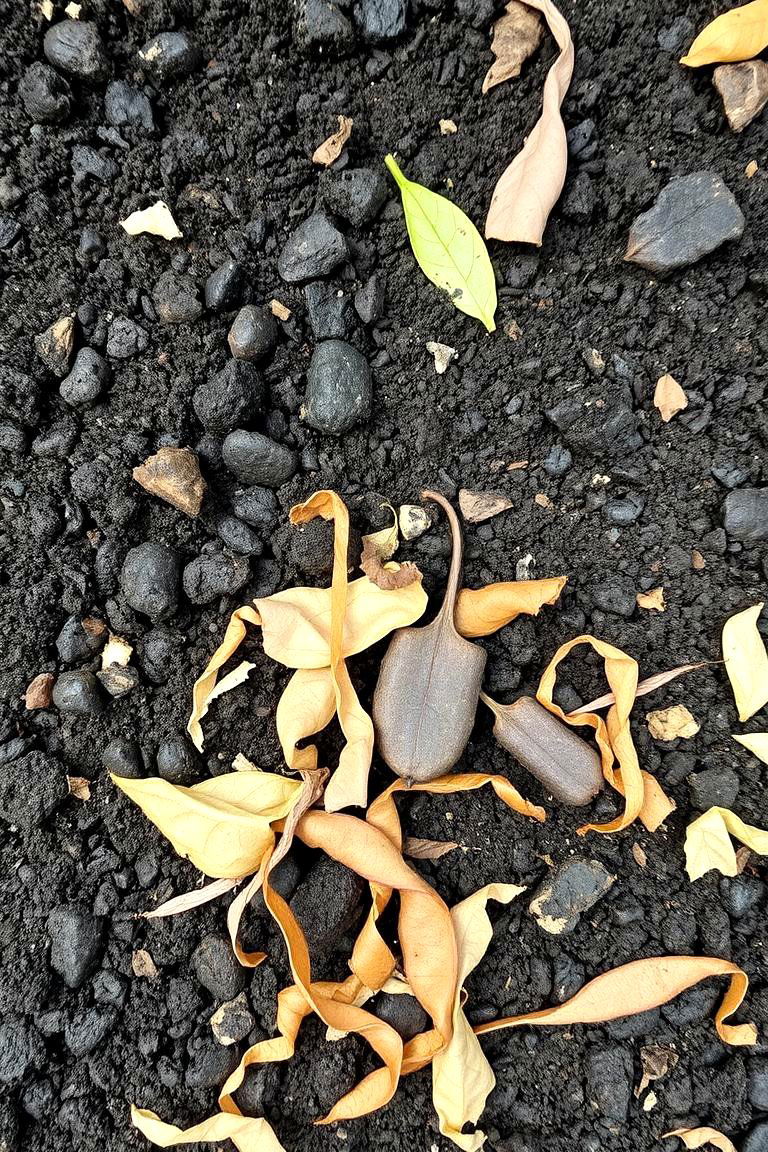
Healthy soil acts like a sponge, retaining moisture and nutrients, which is crucial for water conservation. Incorporating organic matter such as compost, leaf mold, or well-rotted manure into your soil improves its structure and water-holding capacity. This amendment allows plants to access water more efficiently, reducing the frequency and amount of irrigation needed. Consider enriching your soil to make it a better reservoir for water.
4. Utilize Mulch Effectively
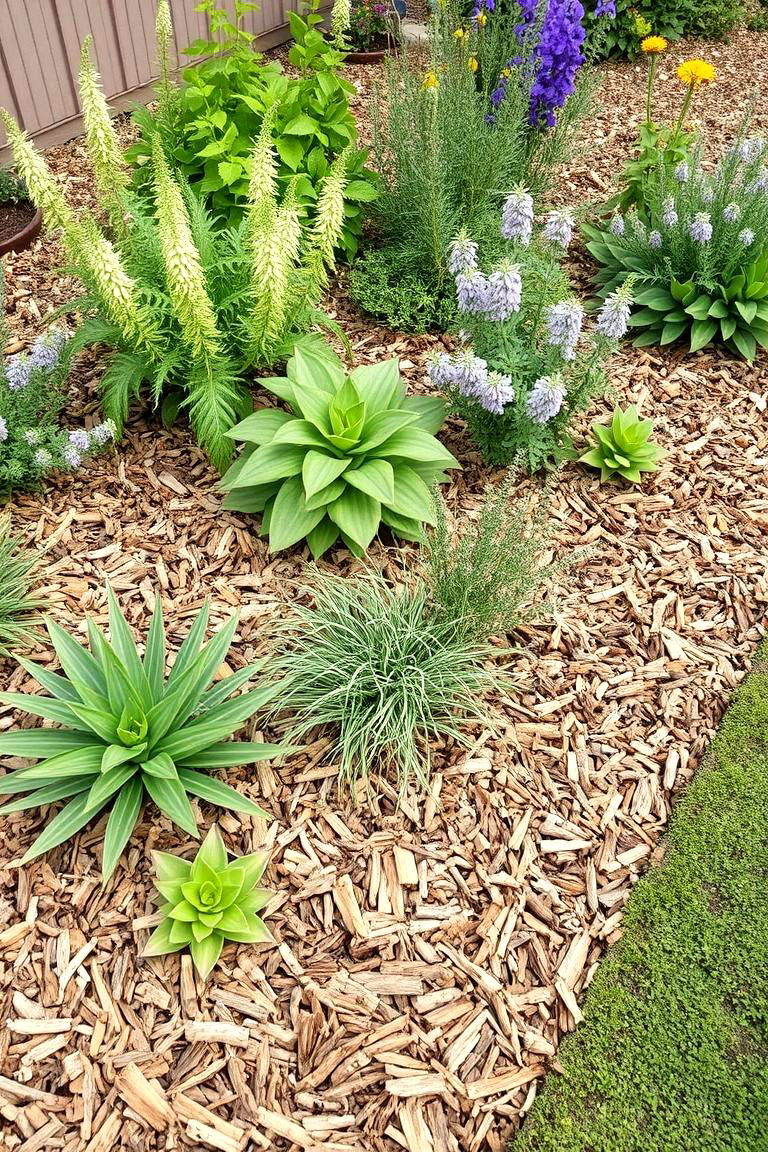
A layer of mulch applied around your plants is like a protective blanket, helping to retain soil moisture by reducing evaporation. Organic mulches such as wood chips, shredded bark, or straw also suppress weed growth, which can compete with your desired plants for water and nutrients. Aim for a mulch layer that is about 2-4 inches deep, keeping it away from the base of plant stems to prevent rot. For instance, consider how mulch can help your soil stay moist longer.
5. Install Drip Irrigation or Soaker Hoses
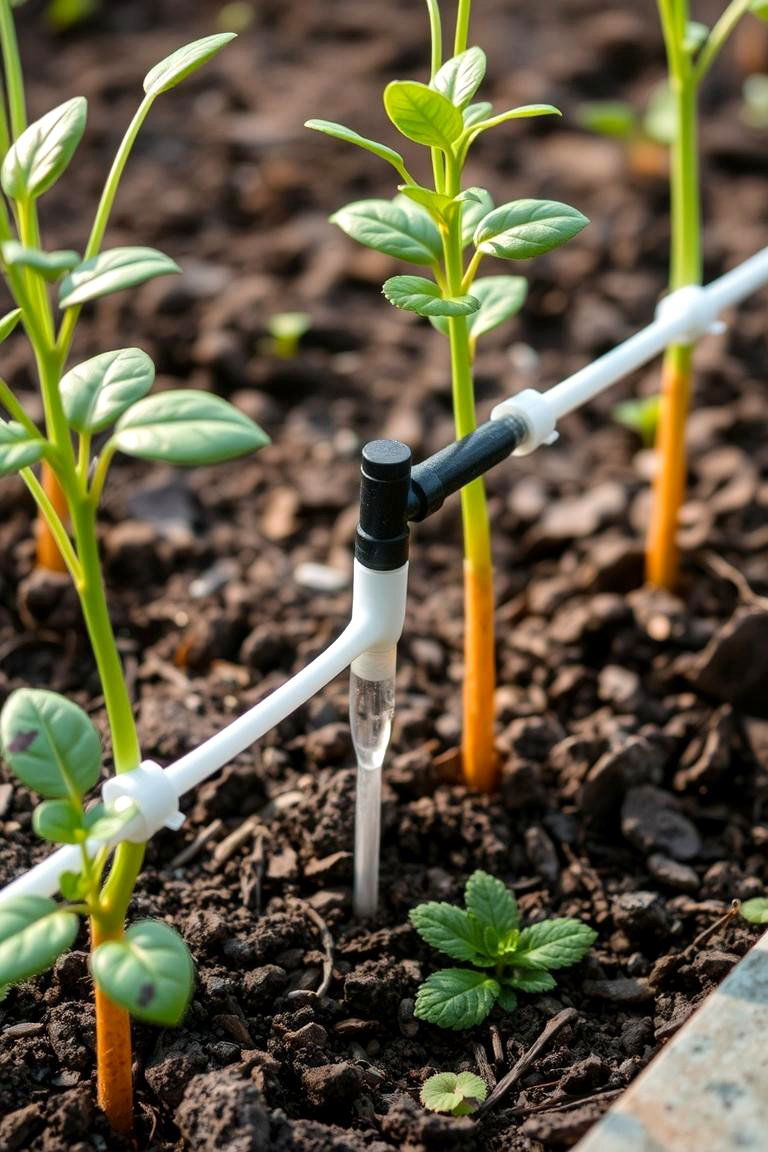
Traditional overhead sprinklers can lose a significant amount of water to evaporation and runoff. Drip irrigation and soaker hoses deliver water directly to the plant roots, where it's needed most. This method is far more efficient, minimizing water waste and promoting healthier plant growth. Think about the precision of drip irrigation in delivering water right where it counts.
6. Create Rain Gardens
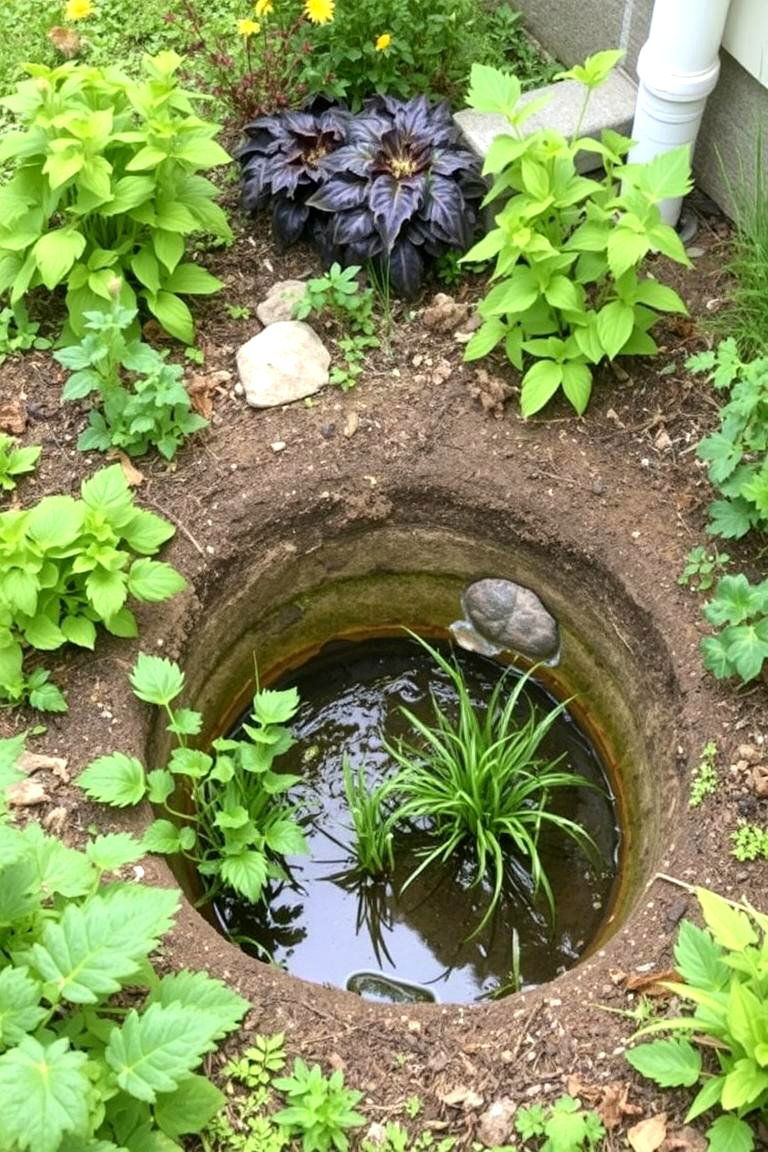
What if you could capture rainwater and use it to nourish your landscape? Rain gardens are shallow depressions planted with native, water-tolerant plants that collect and filter rainwater runoff from your roof, driveway, or other impervious surfaces. This not only reduces stormwater runoff but also recharges groundwater and provides a valuable water source for your plants. For example, imagine a beautiful garden that also helps manage rainwater.
7. Design with Permeable Paving
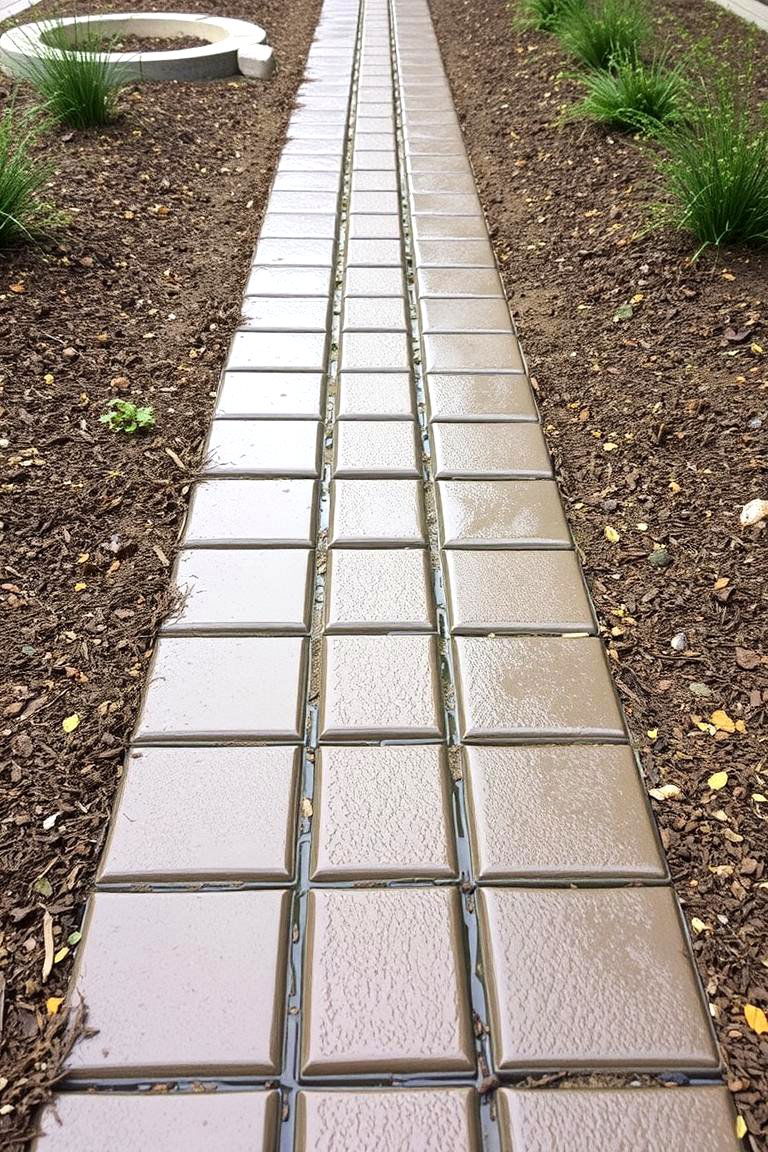
Hard surfaces like concrete and asphalt contribute to stormwater runoff. Consider using permeable paving materials such as gravel, pavers with gaps, or porous concrete for walkways, patios, and driveways. These materials allow water to seep into the ground, reducing runoff and replenishing groundwater. Take a look at the various permeable paving options available for your hardscapes.
8. Incorporate Rocks and Gravel
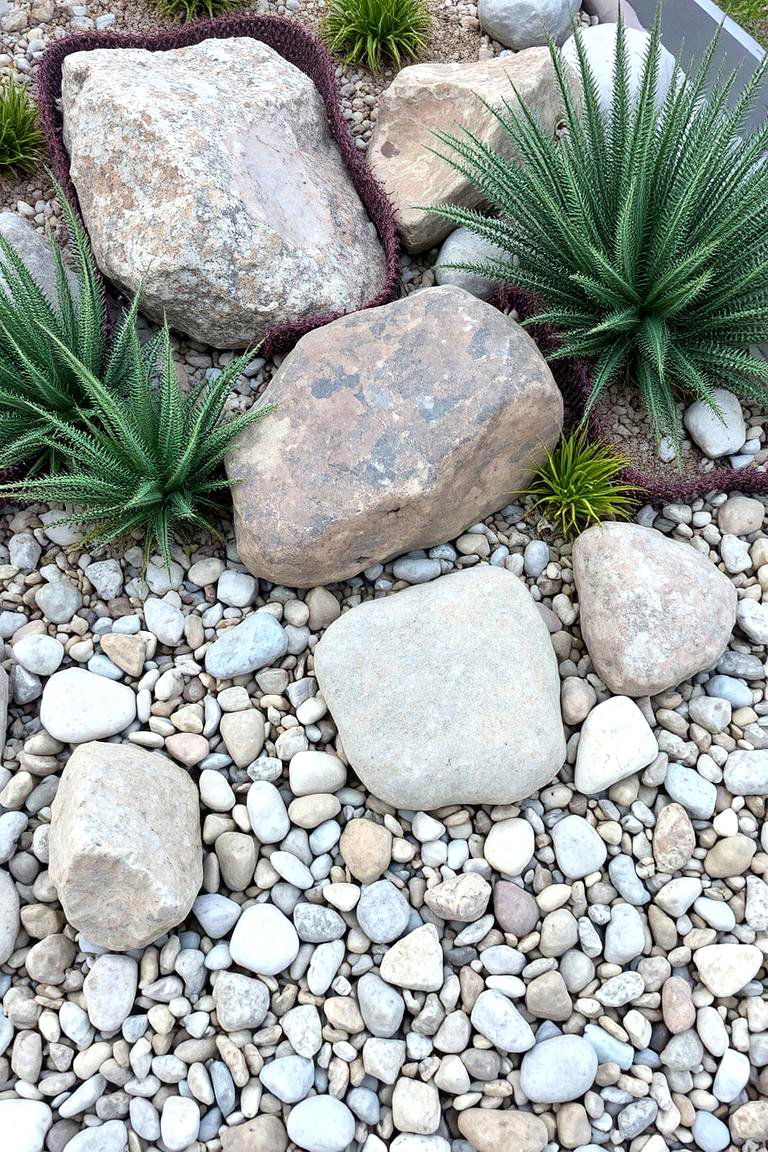
Beyond their aesthetic appeal, rocks and gravel can play a functional role in a Xeriscape design. They can be used as a mulch alternative, helping to suppress weeds and retain soil moisture. Additionally, strategically placed rocks can create microclimates, providing shade and shelter for certain plants. Consider how different sizes and types of rocks can enhance your landscape.
9. Terracing Sloping Areas
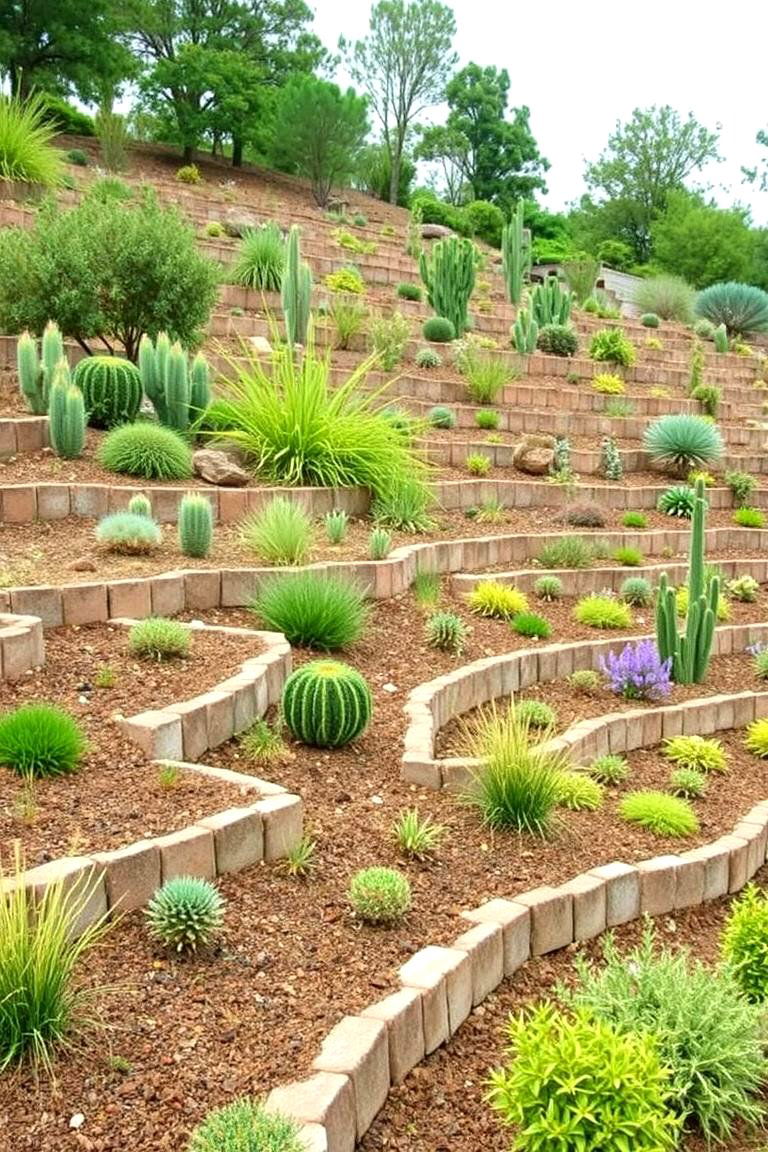
If your landscape has slopes, terracing can help to slow down water runoff and prevent erosion. Creating level planting areas allows water to soak into the soil rather than flowing away. This technique is particularly beneficial for retaining moisture on hillsides and maximizing water use. Think about how terracing can transform a sloping area into a water-wise garden.
10. Minimize Lawn Areas
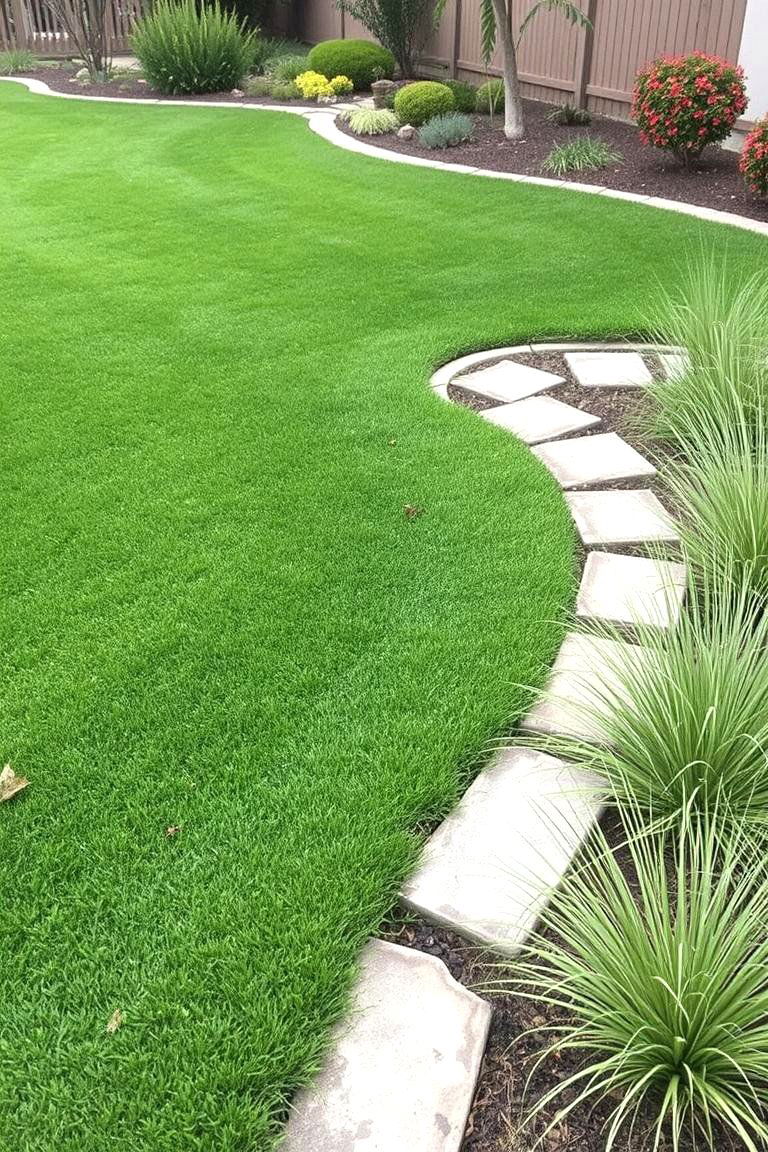
Traditional lawns are often water-intensive. Consider reducing the size of your lawn or replacing it entirely with drought-tolerant groundcovers, native grasses, or hardscaping elements. These alternatives require significantly less water and maintenance, contributing to a more sustainable landscape. What if you could have a beautiful yard without the constant need for watering a large lawn?
11. Harvest Rainwater in Barrels
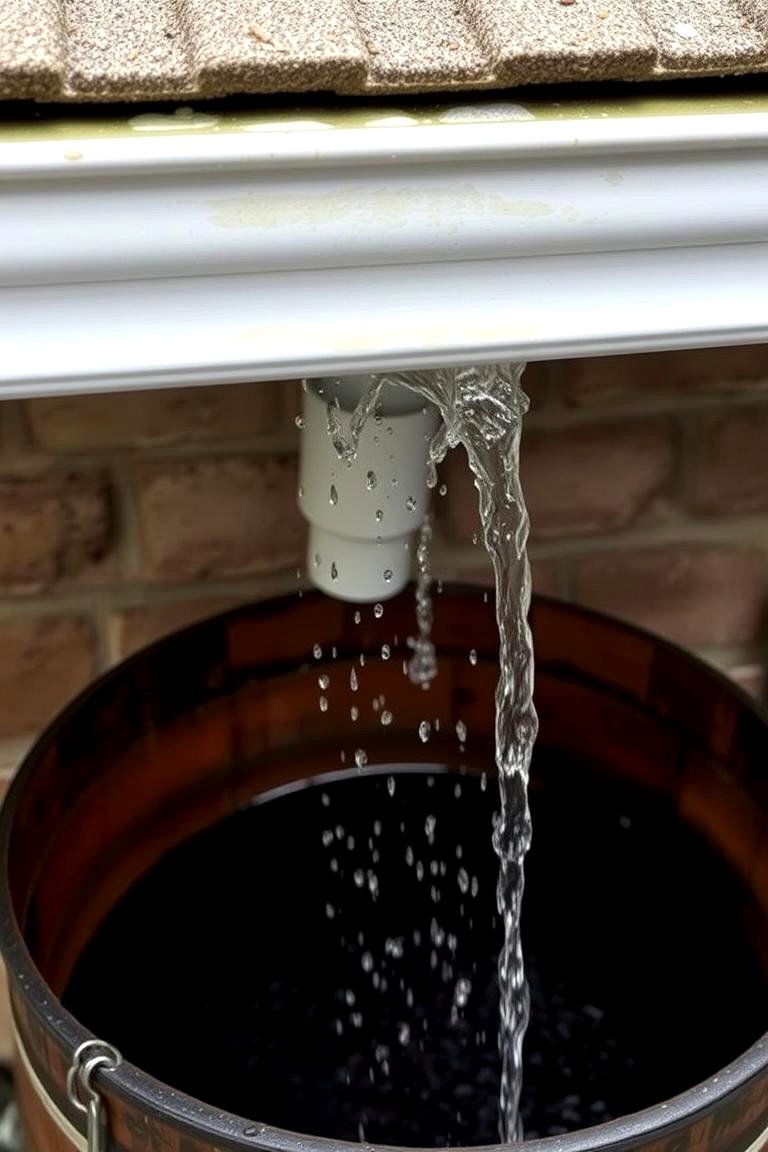
A simple and effective way to conserve water is by installing rain barrels to collect rainwater from your roof. This harvested water can then be used to irrigate your garden, wash your car, or for other non-potable uses. Rain barrels are an affordable and eco-friendly way to supplement your water supply. Consider the ease of collecting rainwater for your gardening needs.
12. Choose Drought-Tolerant Groundcovers
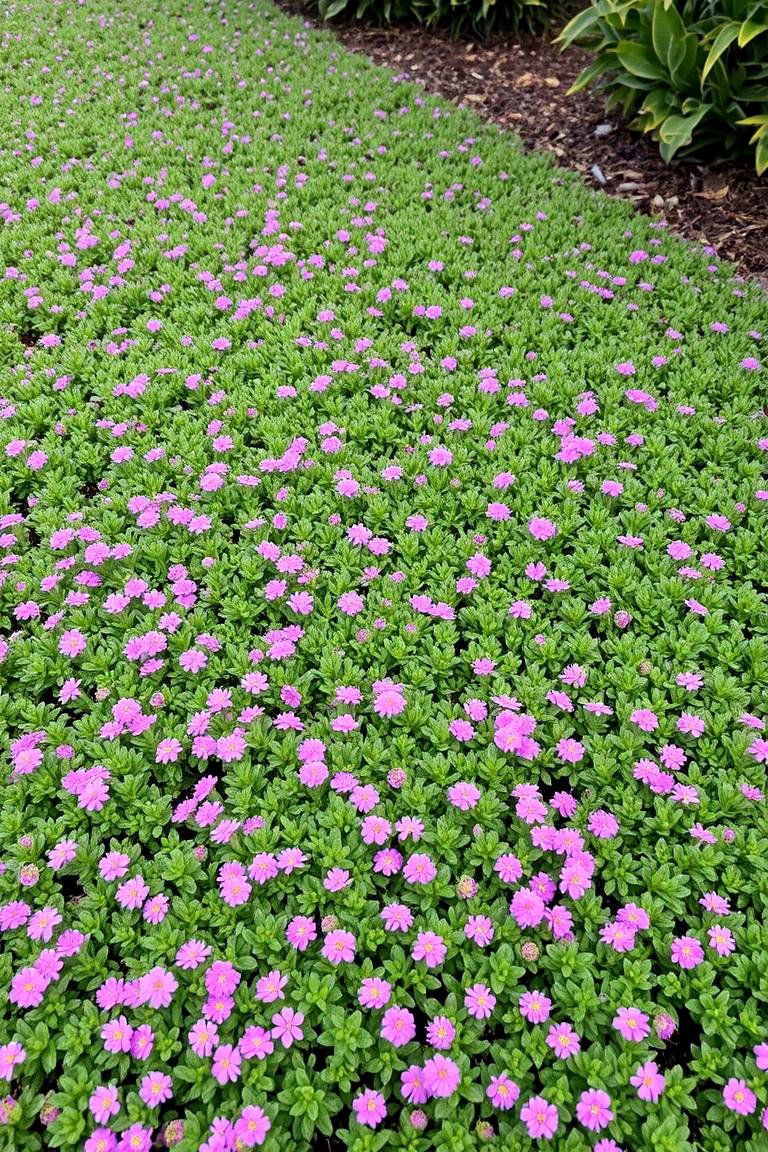
Instead of water-hungry turfgrass, explore the many beautiful and resilient drought-tolerant groundcovers available. These low-growing plants can create a lush carpet of greenery while requiring minimal watering. Options like creeping thyme, sedum, and clover are not only water-wise but also add texture and visual interest to your landscape. Bringing in groundcovers can offer a low-maintenance and water-saving alternative to grass.
13. Select Succulents and Cacti
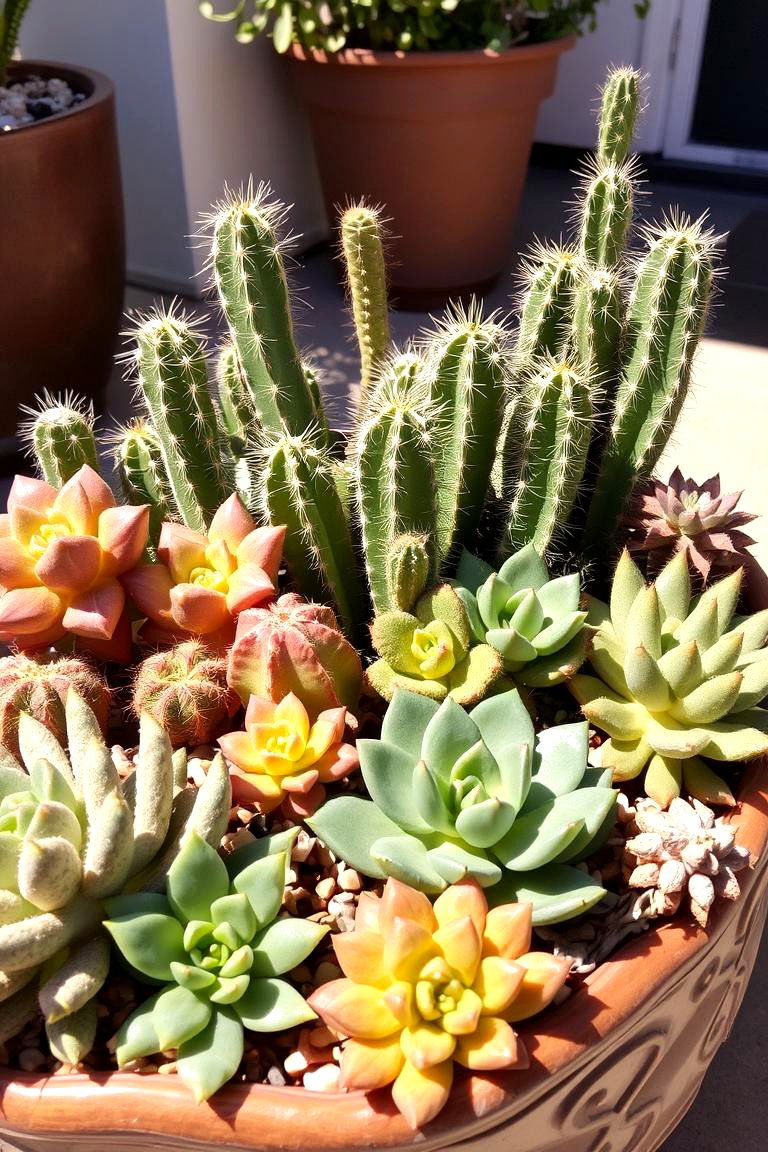
For truly arid conditions, succulents and cacti are excellent choices. These fascinating plants have adapted to store water in their leaves, stems, or roots, making them incredibly drought-tolerant. Their unique shapes and textures can add a striking architectural element to your Xeriscape design. Consider the diverse and captivating world of succulents and cacti.
14. Create a Dry Stream Bed
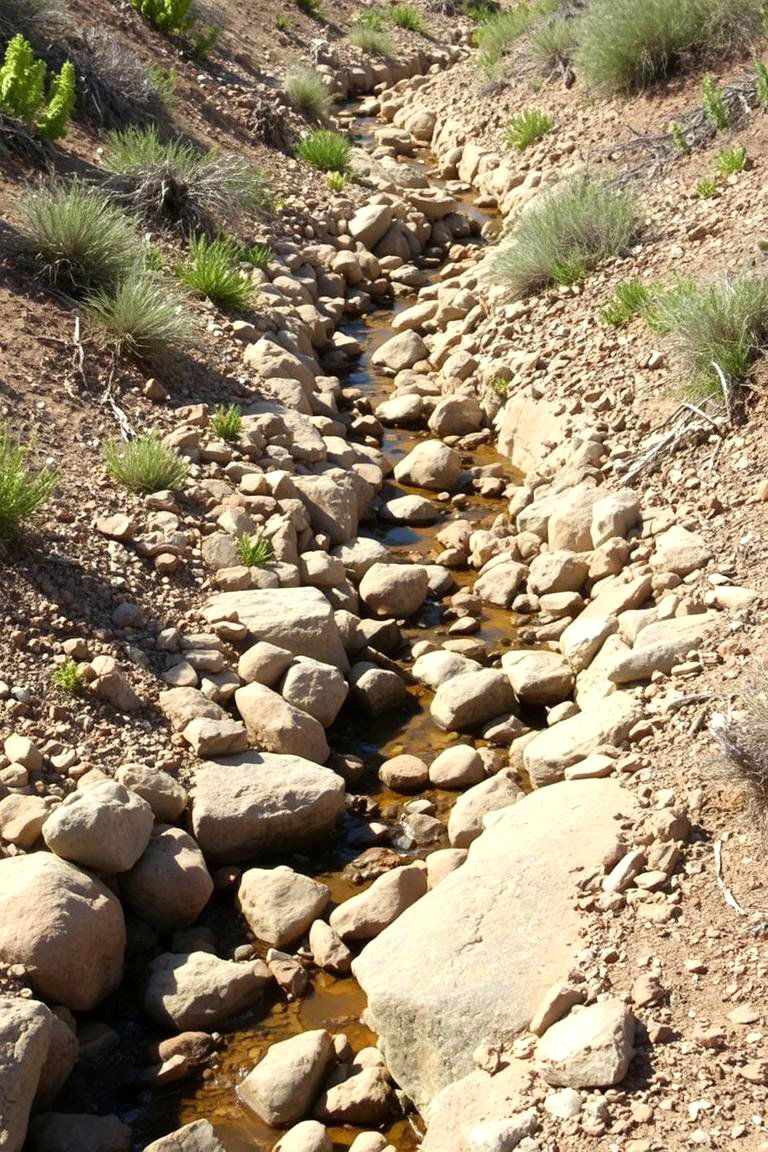
A dry stream bed is a landscaping feature that mimics a natural streambed but is designed to be dry most of the time. It can serve as a drainage solution, directing rainwater runoff away from your house, and can also add visual interest to your landscape. Plant drought-tolerant plants along its banks to further enhance its natural appeal. Another idea is to incorporate a dry stream bed for both function and beauty.
15. Focus on Planting Zones
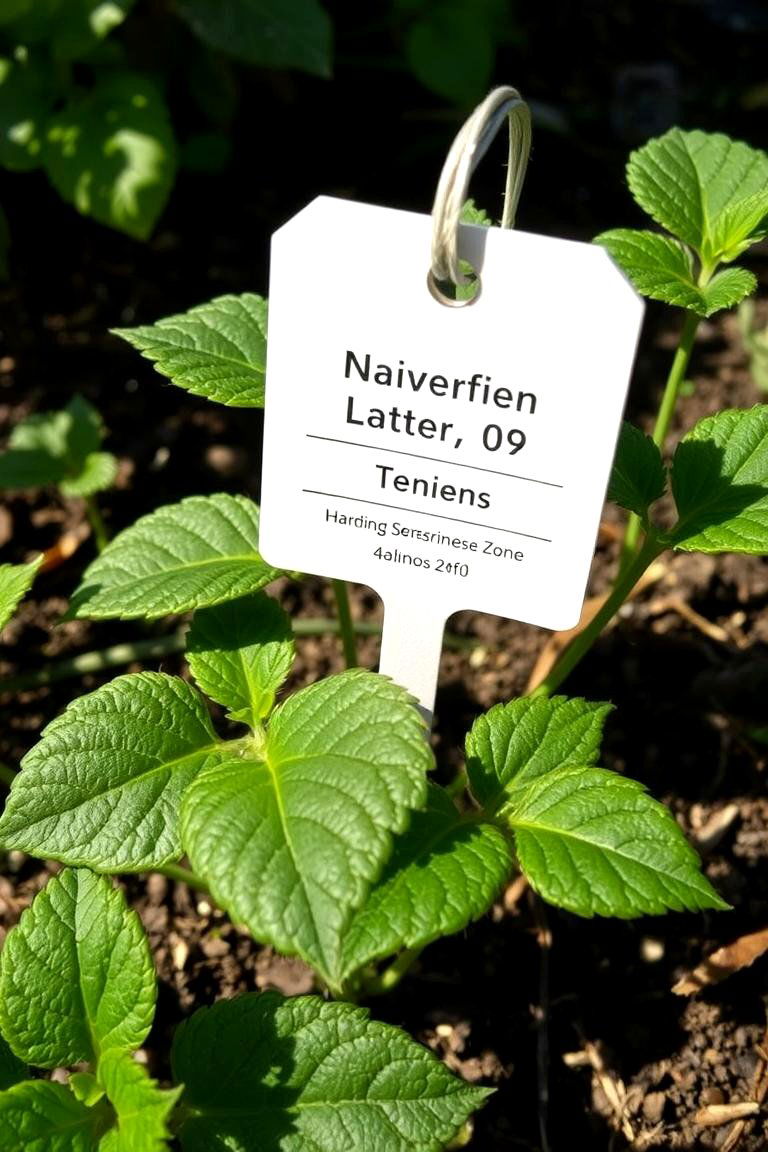
Understanding your local planting zone is crucial for selecting plants that will thrive in your climate. Choose plants that are well-suited to your region's temperature extremes, rainfall patterns, and growing season. This will ensure that your plants are naturally more resilient and require less supplemental care, including watering. Take the time to learn about the best plants for your specific planting zone.
16. Incorporate Outdoor Living Spaces

Consider expanding your outdoor living areas with patios, decks, or pergolas. These features reduce the amount of water-demanding landscaping needed and create inviting spaces for relaxation and entertainment. By focusing on hardscaping in certain areas, you can minimize your overall water footprint. What if you designed more space for outdoor enjoyment and less for thirsty plants?
17. Use Decorative Gravel and Stone
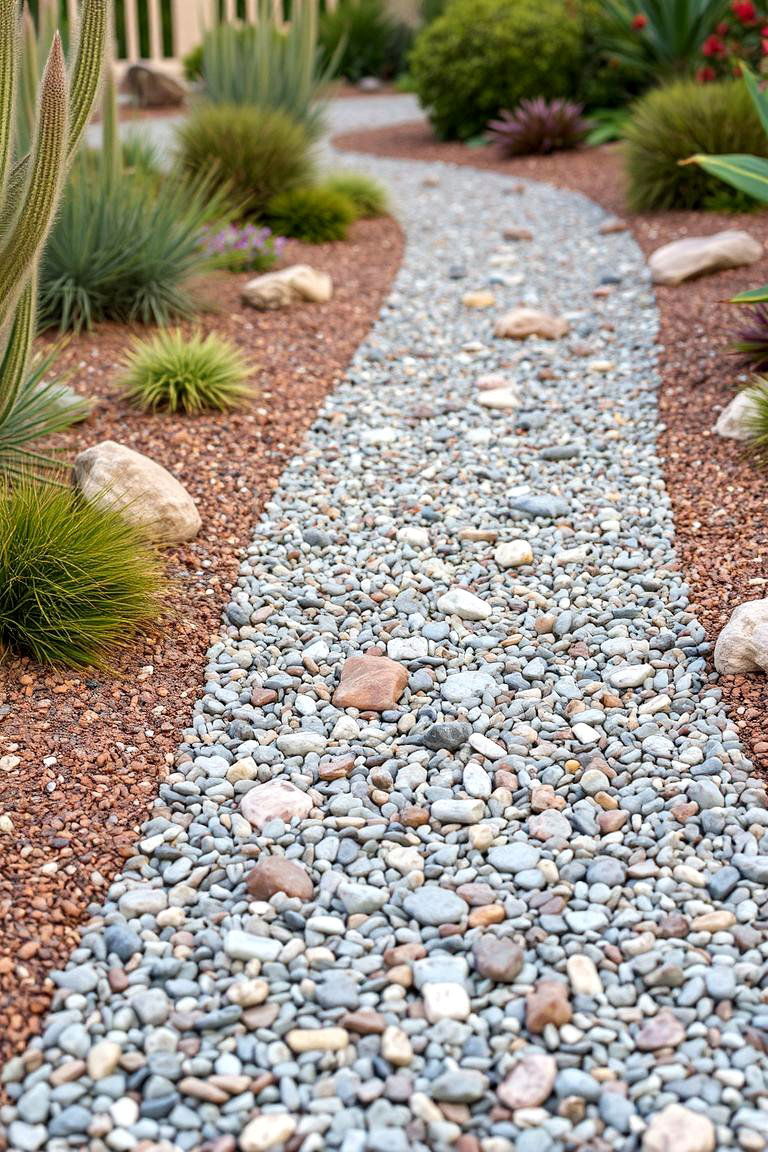
Beyond their functional uses, gravel and stone can be used as decorative elements in your Xeriscape design. They can create pathways, define planting beds, and add texture and visual interest to your landscape. Choose colors and sizes that complement your plants and overall design aesthetic. Looking at the possibilities, decorative gravel and stone can truly enhance your yard's appearance.
18. Plant in the Fall
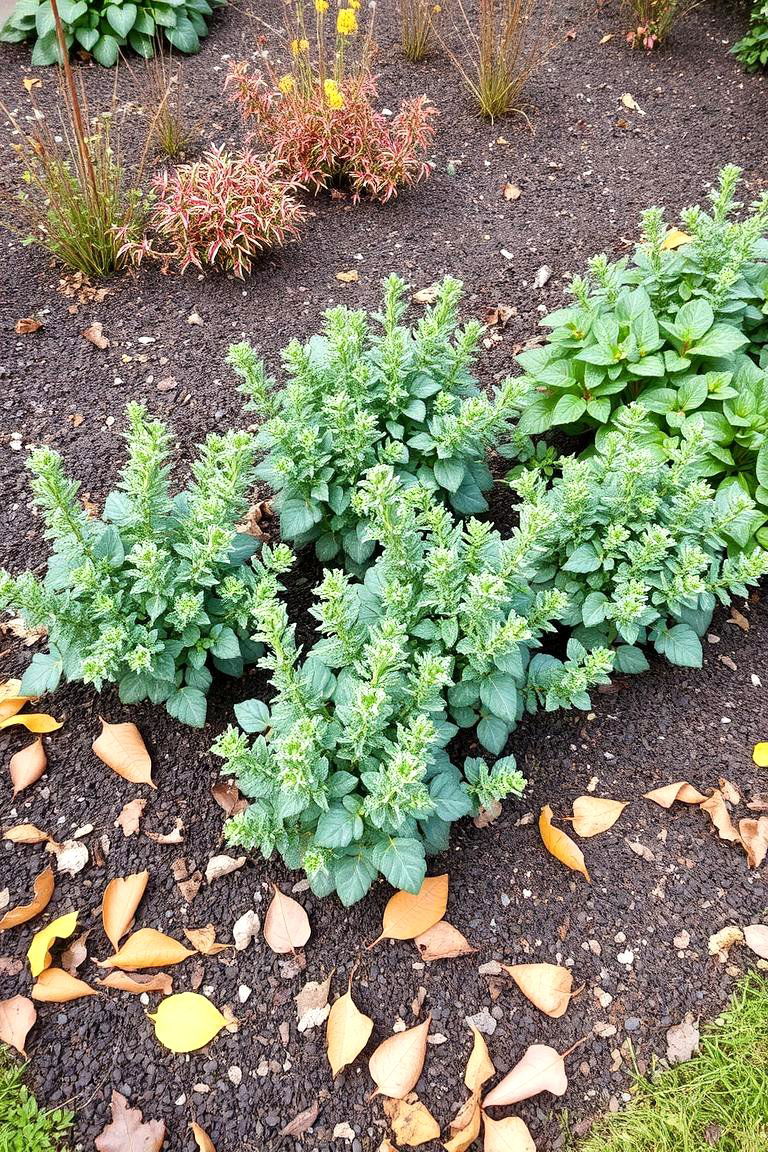
Fall is often an ideal time to plant in many regions. The cooler temperatures and increased rainfall help new plants establish their root systems before the heat of summer arrives. This can lead to healthier, more resilient plants that require less watering in the long run. Planting in the fall can give your plants a head start.
19. Water Deeply and Infrequently
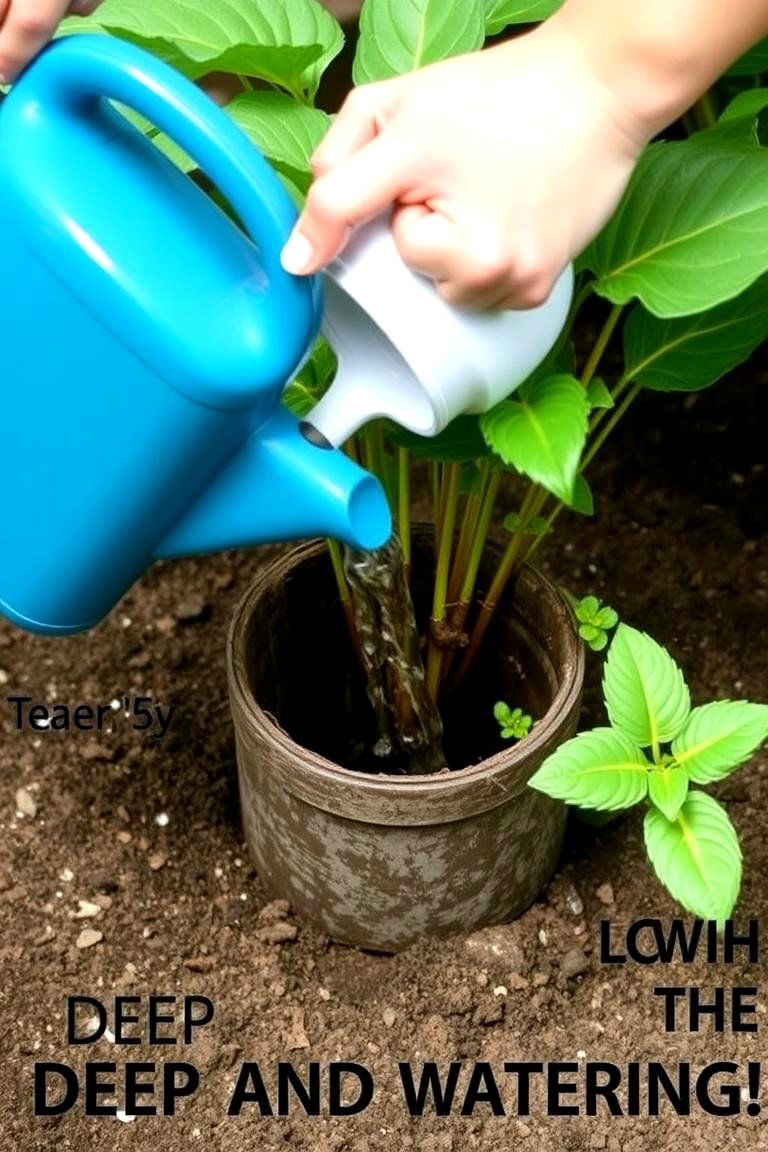
When you do need to water your Xeriscape, aim for deep and infrequent watering rather than shallow, frequent watering. Deep watering encourages roots to grow deeper, making them more drought-tolerant. Allow the soil to dry out somewhat between waterings to prevent overwatering. This approach helps your plants develop stronger, more resilient roots.
20. Consider Vertical Gardening
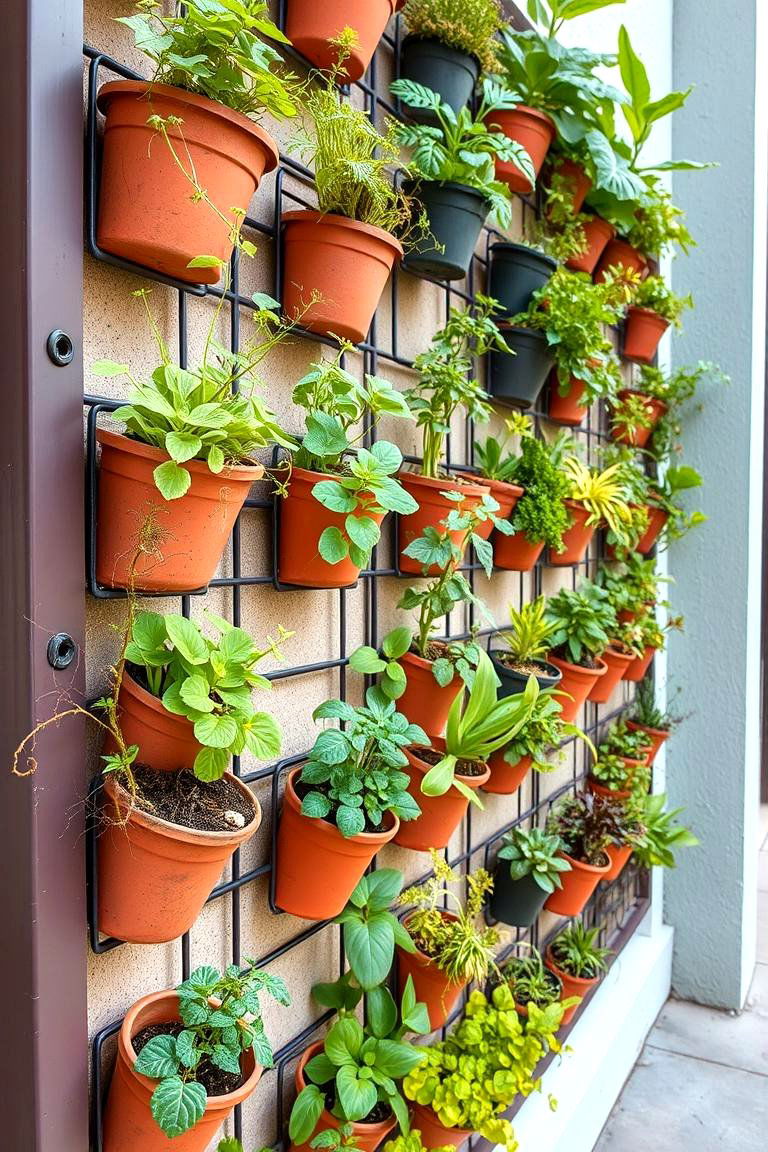
In small spaces or to add visual interest, vertical gardening can be a great Xeriscape option. Growing plants vertically on walls or structures maximizes space and can also improve air circulation, reducing the risk of disease. Choose drought-tolerant plants that are well-suited for container gardening. Think about the space-saving and visually appealing aspects of vertical gardens.
21. Mulch with Compost
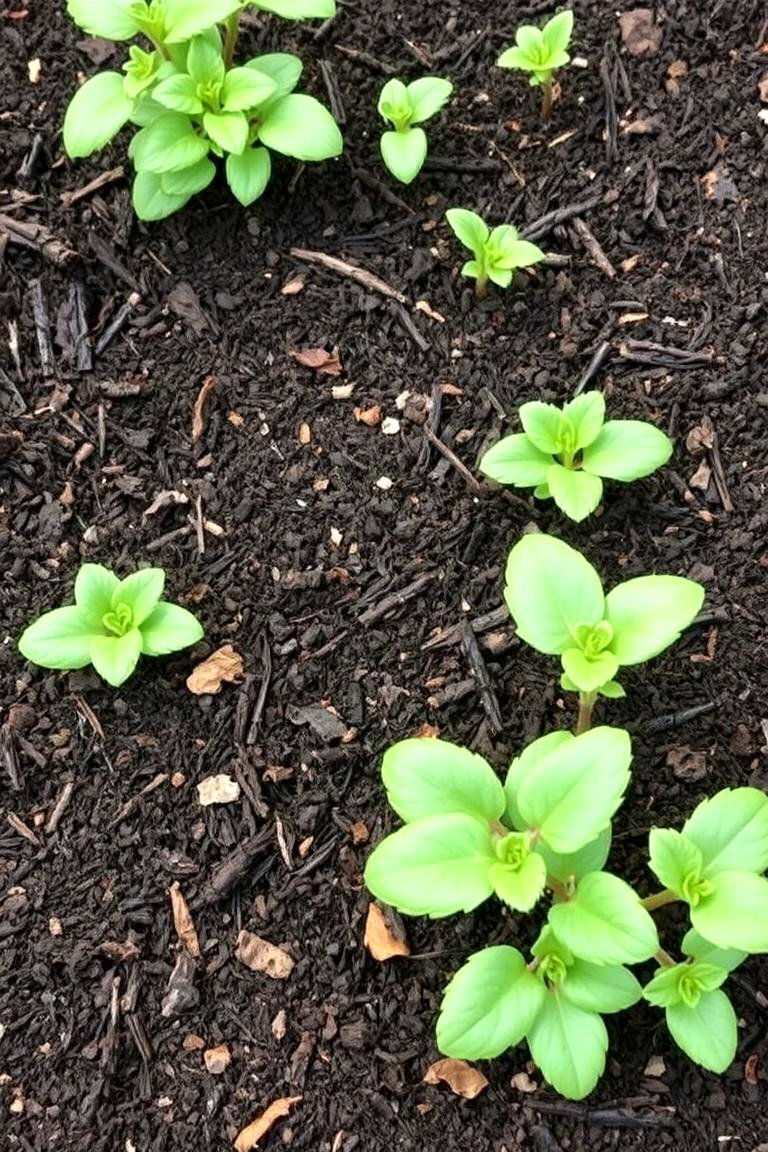
Compost not only improves soil health but can also be used as an effective mulch. It helps to retain moisture, suppress weeds, and slowly release nutrients into the soil. Using compost as mulch is a sustainable way to recycle organic matter and benefit your plants. Bringing it all together, compost is a fantastic multi-purpose addition to your Xeriscape.
22. Regularly Monitor Your Landscape
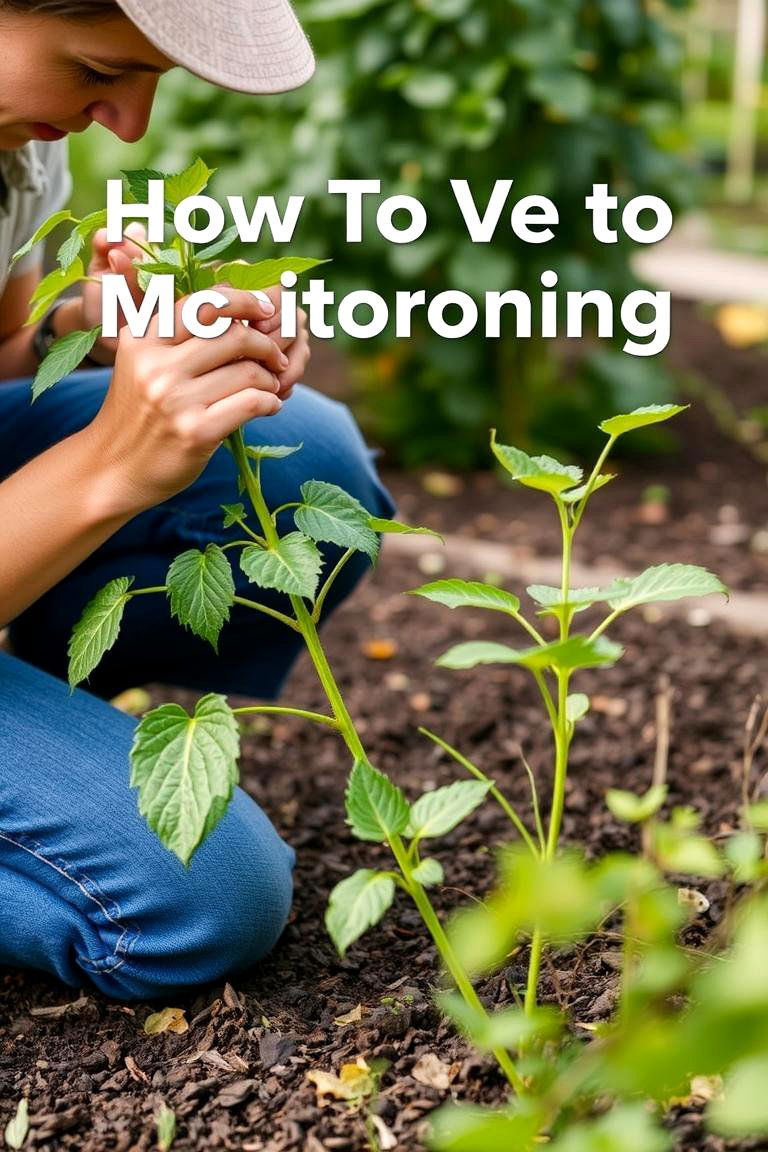
Even in a Xeriscape, it's important to regularly observe your plants for signs of stress or water needs. Adjust your watering schedule as needed based on weather conditions and the specific needs of your plants. Being attentive to your landscape will help you ensure its long-term health and water efficiency. Thus, it is clear that regular monitoring is key to a thriving Xeriscape.
23. Choose Low-Water Trees and Shrubs

When selecting trees and shrubs for your Xeriscape, opt for varieties that are known for their drought tolerance. Many beautiful and resilient trees and shrubs can thrive with minimal supplemental watering once established. Consider options that are native to your region for the best results. Finally, selecting the right trees and shrubs is crucial for a sustainable landscape.
24. Educate Yourself and Others
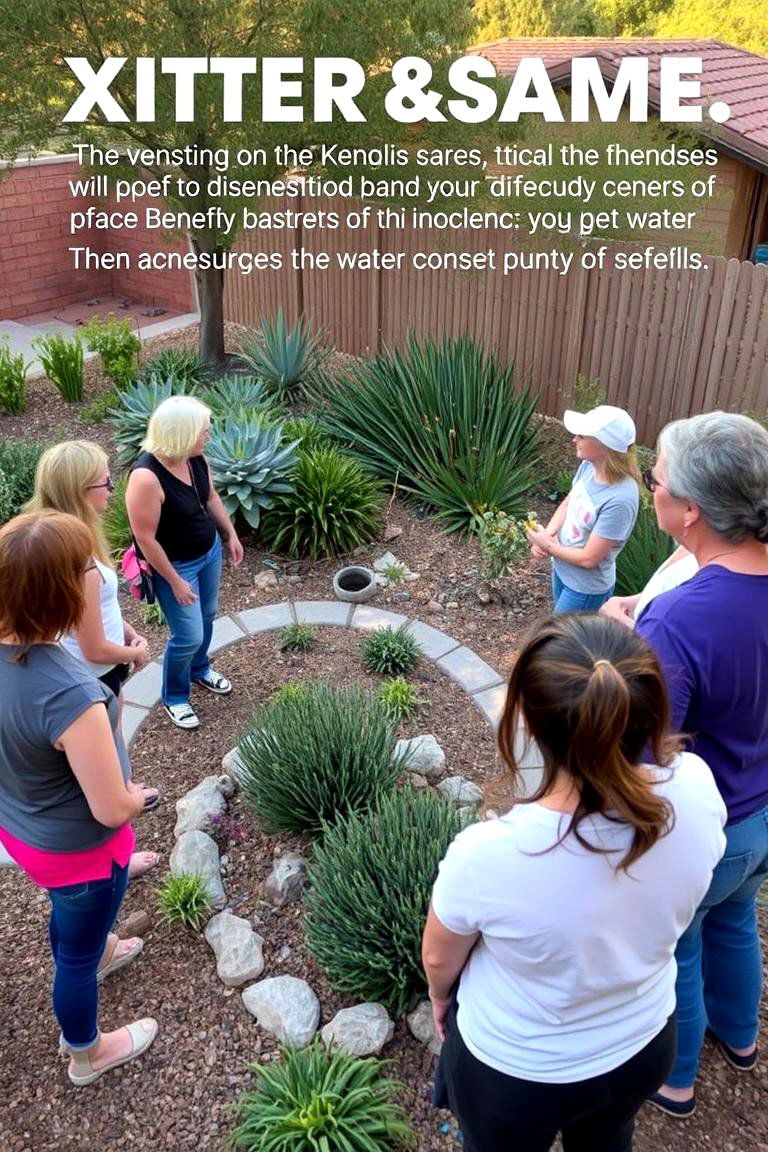
The more you learn about Xeriscaping principles and practices, the better equipped you'll be to create a successful water-wise landscape. Share your knowledge with neighbors and friends to encourage water conservation in your community. By educating yourself and others, you can contribute to a more sustainable future. To wrap things up, continuous learning and sharing are vital for promoting Xeriscaping.
Conclusion:
Transforming your landscape into a water-efficient oasis with these 24 Xeriscape Ideas is not only a responsible choice but also an opportunity to create a unique and beautiful outdoor space. By embracing native plants, optimizing soil health, implementing efficient irrigation, and incorporating thoughtful design elements, you can significantly reduce your water consumption while enjoying a thriving garden. These Xeriscape ideas offer a wealth of inspiration to cultivate a sustainable and stunning landscape that benefits both your lifestyle and the environment.


